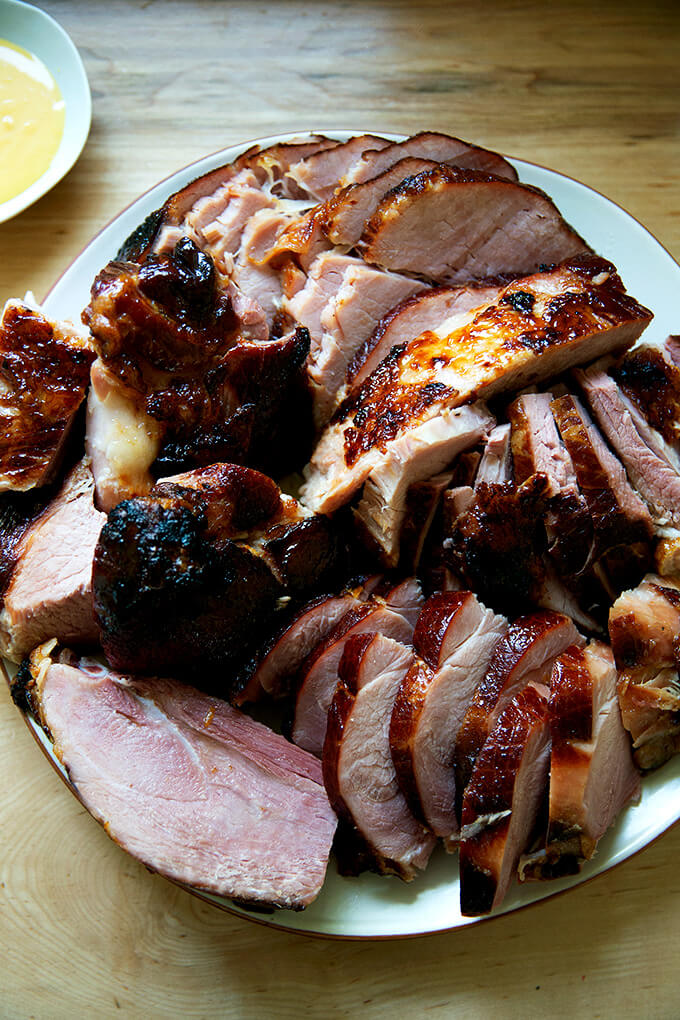This Forgotten 1980s Gym Trend Might Be the Key to Faster Muscle Growth
It'll do wonders for your muscular endurance.

The 1980s ushered in a wave of fitness trends, from step aerobics and home workout videos to spandex and leg warmers. It was also a defining decade for bodybuilding and strength training.
As the fitness boom took off, so did national gym chains like Gold’s Gym and Bally Total Fitness, which catered to bodybuilders and strength athletes. The facilities were packed with Nautilus and Cybex strength machines, endless rows of dumbbells, barbell bench presses, and squat racks. During this era, high-rep, high-volume training also became a go-to method for building muscle, solidifying its place as a foundation of hypertrophy training.
What Is High-Rep, High-Volume Training?
"High-rep, high-volume training is a training strategy that emphasizes a larger number of sets and reps to create muscular fatigue, thus creating specific metabolic stress, which has been shown to have positive outcomes in developing muscle growth," says Marty Miller, NASM CPT.
The strategy requires slower tempo controlled reps ranging between 12 to 20. This type of movement is used to increase the total time under tension with a specific focus on the eccentric (negative) muscular contraction. The sets should be between 4 to 6 per body part based on the individual's training experience and the overall weekly training load.
“One key component that's often overlooked is the rest interval between sets. To maximize the benefits from this form of training, it is critical to rest only 30-45 seconds between sets. This is the game changer!”
Related: Want Stronger Legs? You Need These 50 Quad Exercises
Why It Works
“The physiological benefits of this type of training will be an increase in muscular development (hypertrophy), increased muscular endurance, and maximized muscular pump and blood flow," Miller adds. "High rep, high-volume training also stimulates the release of growth hormone and insulin-like growth factor (IGF-1), both of which are critical in enhancing muscle-protein synthesis. These benefits are initiated by the increased metabolic stress and cellular swelling, which triggers anabolic (muscle building) signaling."
Miller also adds that the extended time under tension compared to standard training protocols increases mechanical stress on muscle fibers. This can enhance muscle recruitment and fiber breakdown, fostering optimal muscular development—especially when paired with adequate rest and proper nutrition.
The Importance of Rest and Recovery in High-Rep, High-Volume Training
"Muscular development does not occur in the gym," Miller says. "During a workout, especially a high-rep, high-volume workout, muscles are specifically targeted, worked to the proper level of fatigue to create cellular stress, and micro traumas to the muscle fibers. This is a critical component to muscular development.”
To properly recover from this kind of training, Miller suggests honing in on the following:
- Sleep: Muscle-protein synthesis, or the process of repairing/building muscle, is maximized during sleep due to the increase in growth hormone. It is critical to try to get 7-9 hours of sleep per night, as sleep is when your body is in its most anabolic state.
- Rest days from training: Depending on how the workout is designed, scheduling 1-2 days off per week from weight training will prevent overtraining while maximizing recovery.
- Mobility and soft tissue work: Using foam rollers, massage guns, and stretching muscles that have the propensity to become tight will increase recovery, decrease soreness, and increase blood flow, all while potentially decreasing the chance of soft tissue injuries.
- Nutrition and supplementation: It is critical to properly fuel the body with the right amount of calories, as well as micro and macro nutrients to maximize muscular development. Experts highly recommended speaking with a Registered Dietician to best determine the proper number of calories, protein, carbs, and fats that would be needed to meet your specific goals, and if this could be met from diet only, or if there are specific supplements you should consider adding to your daily routine.








































![[Extended] Buy Wyndham points for as low as 0.72 cents each](https://boardingarea.com/wp-content/uploads/2025/04/ff3d2259df89971aadf76570b75b163c.jpg?#)


































